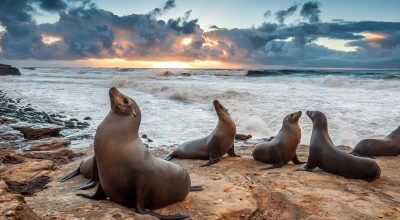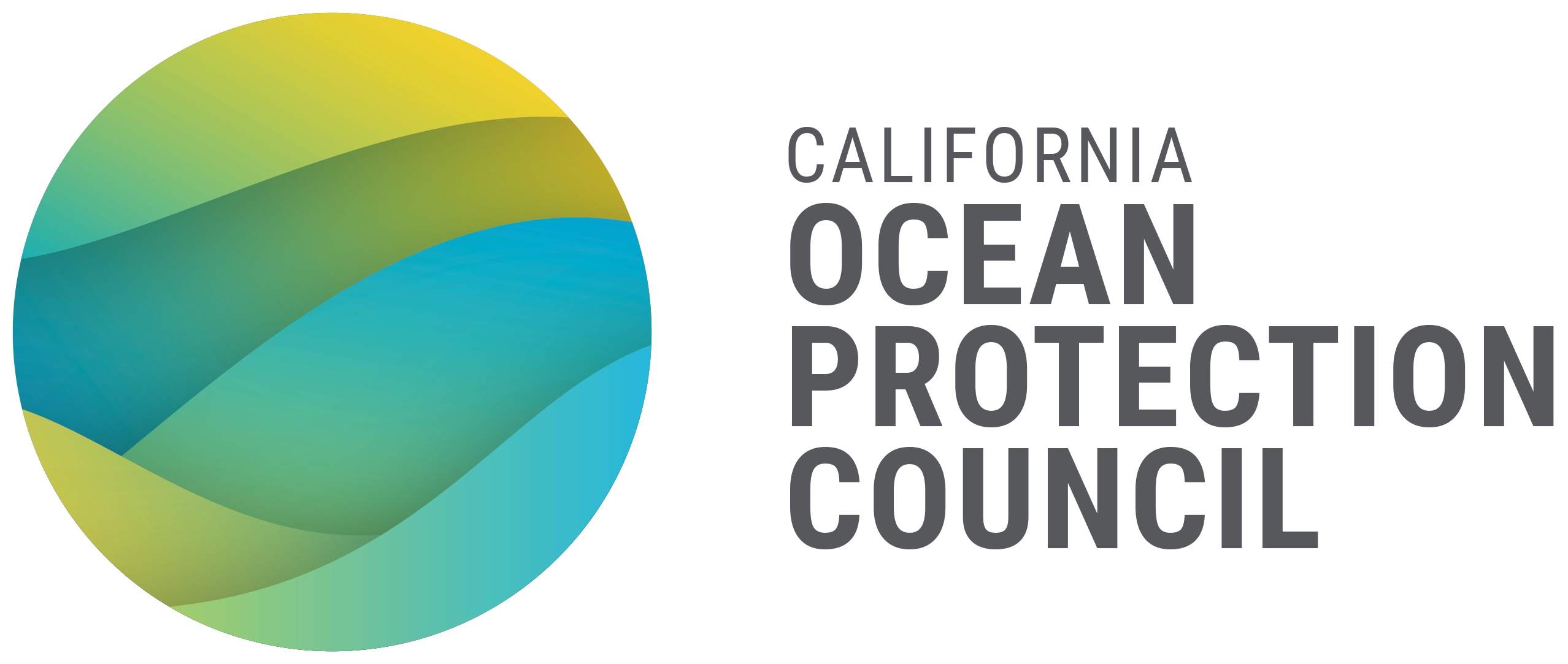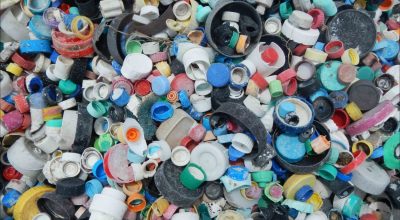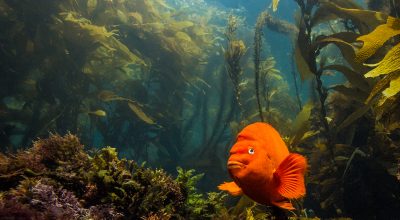
California and Canada Partner to Advance Bold Action on Climate and Biodiversity
Building on California’s global leadership on biodiversity and climate, and following the partnership established with New Zealand last month, Governor Gavin Newsom and Prime Minister of Canada Justin Trudeau announced a new partnership on June 9 to advance bold action […]
Categories: 30x30, Climate Change, Plastic Pollution, Strategic Goal 1: Climate Change, Strategic Goal 3: Biodiversity, Water Quality


